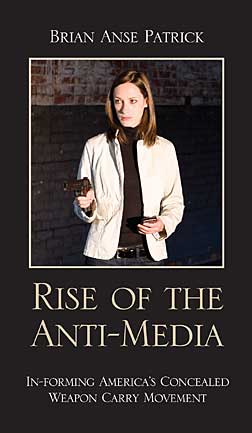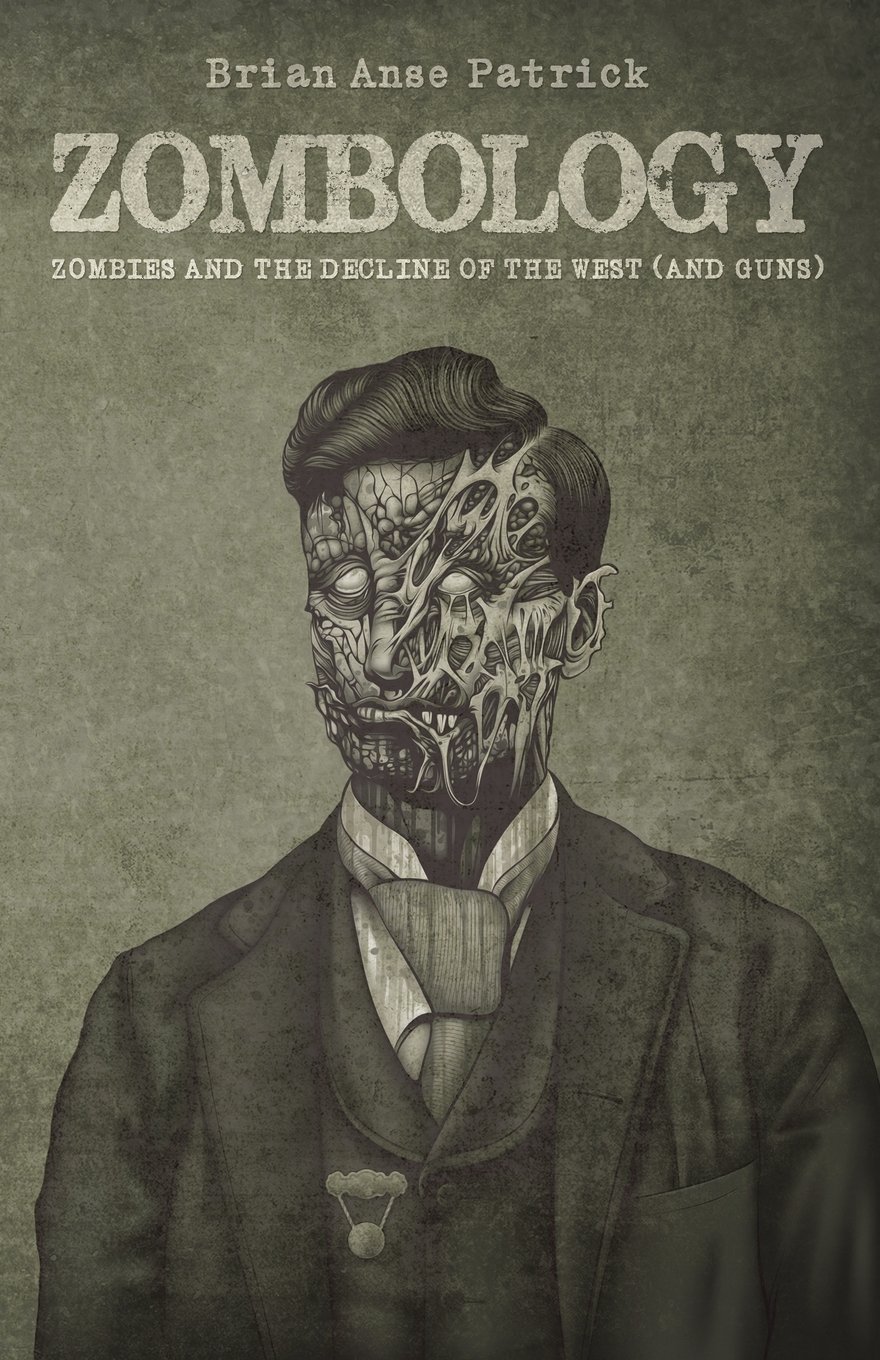
Tuesday, December 29, 2009
Monday, December 7, 2009
Professorial Repose

By Jon Strunk : December 4th, 2009 UTNEWS
If you read the newspapers and watched network news during the last few decades, you would have anticipated a growing chorus for tighter and stricter U.S. gun control. But the opposite has happened. Dozens of states have approved the right for licensed persons to carry concealed weapons.
Dr. Brian Anse Patrick, associate professor of communication, investigates this social paradox in his new book, Rise of the Anti-Media: In-Forming America’s Concealed Weapon Carry Movement.
According to Patrick, instead of the traditional, vertical model of the media informing the masses, the concealed-carry movement relied on horizontal communication between groups of citizens who banded together to lobby politicians from the grassroots, while informing their movement via their own “anti-media” systems, as Patrick terms them.
 “These were the very first people to go online. They were the first to effectively take advantage of desktop publishing and e-mailed newsletters. These people informed themselves of what was happening in local and state politics and lobbied for change,” Patrick said. “Once you were reading about these gun-rights efforts in the mass media newspapers, it was too late to counter the changes.”
“These were the very first people to go online. They were the first to effectively take advantage of desktop publishing and e-mailed newsletters. These people informed themselves of what was happening in local and state politics and lobbied for change,” Patrick said. “Once you were reading about these gun-rights efforts in the mass media newspapers, it was too late to counter the changes.”
Patrick’s book emphasizes the impotency of large media organizations — even at a time before their demise was predicted nightly on blogs — as the reporting on gun issues and culture of the time had little relation to the changes in law and the shift of society’s mood.
“There was a decision among many of these local and regional citizen groups to move incrementally as they lobbied for concealed carry,” Patrick said. “They would target local politicians they saw as obstacles and vote them out of office. And in local and state elections, a few hundred or a few thousand votes can be determinative.”
Further, Patrick said, while the national lobbying group the National Rifle Association certainly played a role, many of the advocates for concealed-carry laws were not raised with a tradition of gun ownership or hunting in their home.
“You have business women, minority and immigrant populations — not necessarily the types of people you think of when you think ‘gun culture’ — all joining together to push elected officials to either join the effort to establish concealed-carry law or at least get out of the way.
“Look around. Advocating gun control is a losing political issue right now,” Patrick said, “and if you’ve only been reading national mass media for the last few decades, you’d have no idea how that could have happened.”
Rise of the Anti-Media is published by Lexington Books and is Patrick’s second book; he is working on his third.







